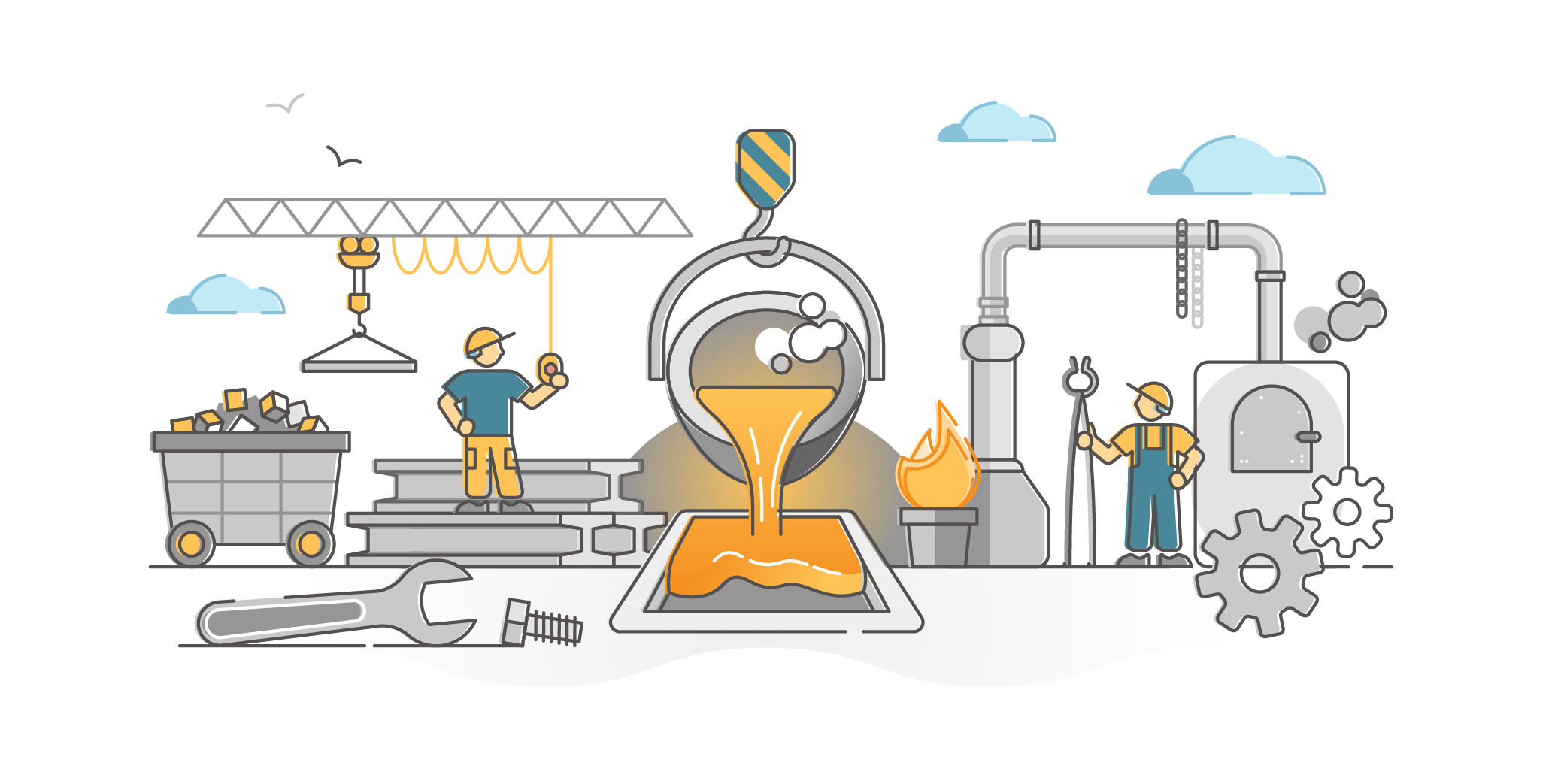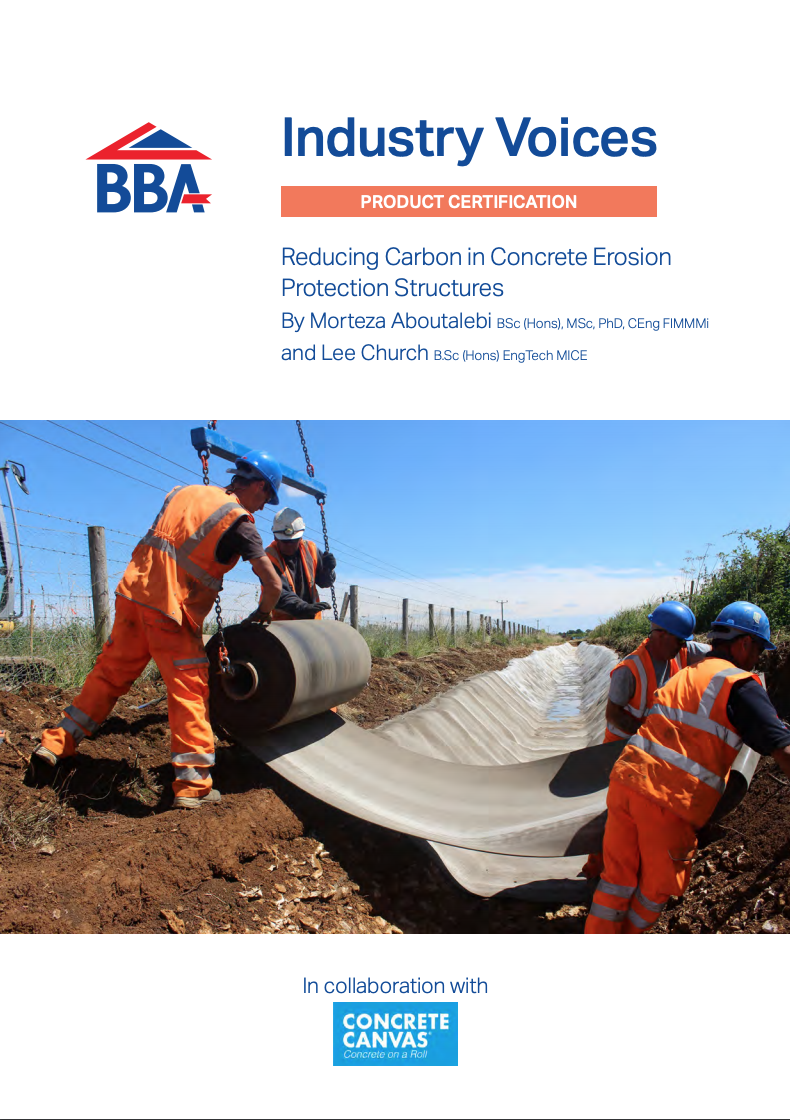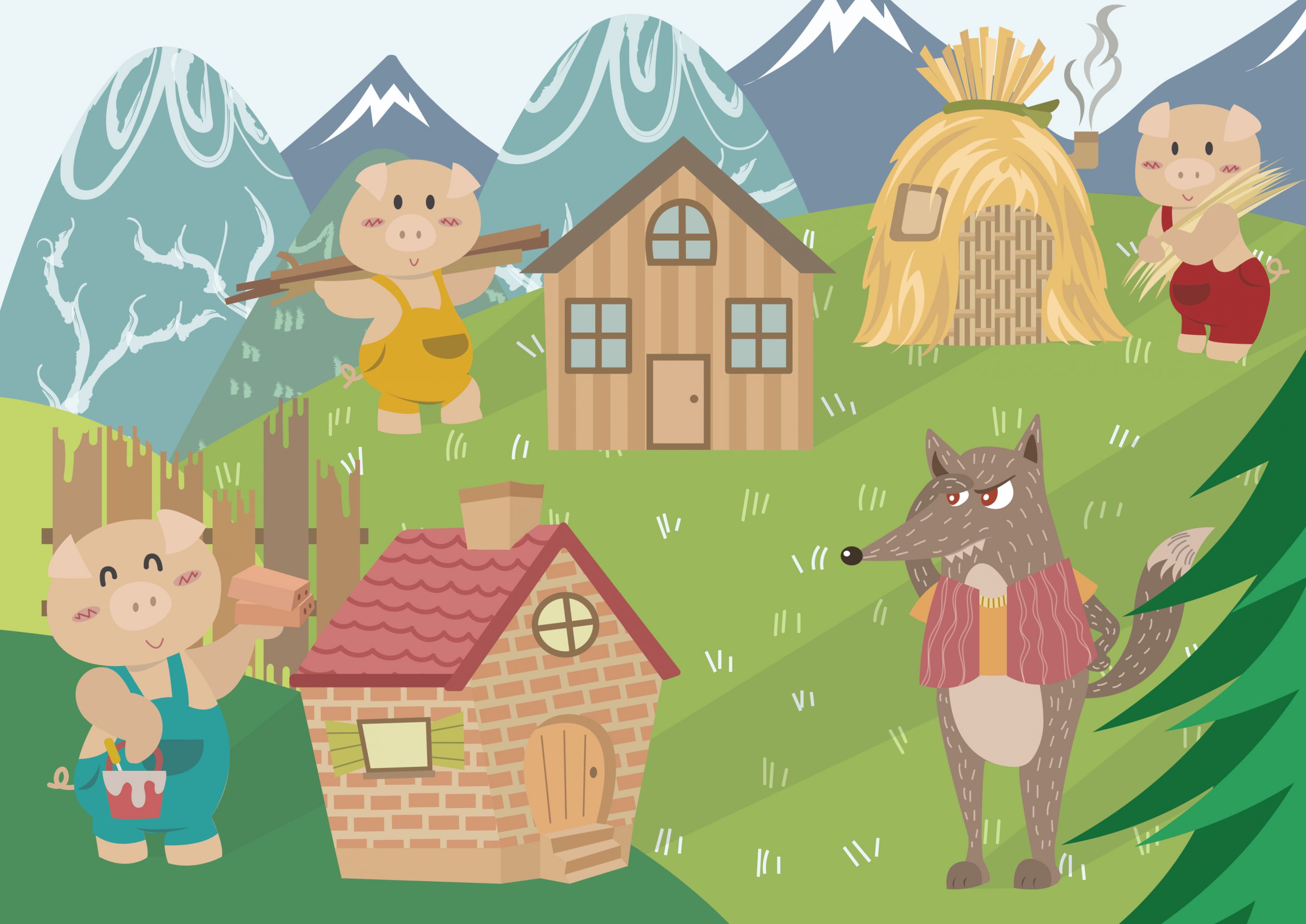From early wooden structures to the modern steel structures that dominate most city skylines, the evolution of the construction industry and the products that we build with is always changing. Industry standards, new technology and breakthroughs in materials, manufacturing and product performance, means that what is used in one project may drastically differ to that of another project, depending on a number of factors such as location, functionality and required performance.
What products have gone that extra mile? Where have materials been used that are simply irreplaceable? Which buildings were only constructed due to the suitability of the materials and their ‘fit for purpose’ specifications?
We’re about to find out!
Wood – Horyuji
Horyuji is an ancient Japanese temple which was constructed in approximately in 607AD, – the oldest surviving wooden structure in Japan.
Horyuji was constructed using Japanese cypress, which is considered to have strong resilience and robustness, lasting up to 2,000 years after the tree has separated from the earth (so it only has another 700 to go)!
But this isn’t the only reason it was chosen. Its strong suitability was in parallel to the skills of the builders, which is something that can sometime be ignored in today’s modern constructions. Although technology can replace many skills, some building methods are best suited to the human hand and years of crafting the right skill.


Concrete – Hoover Dam
When the Hoover Dam was constructed between 1930 and 1936, the world had already witnessed spectacular engineering projects such as the Pyramids and the Titanic.
The Hoover damn was the first single construction to contain more concrete materials, than the Great Pyramid of Giza, with there being approximately 4.36 million cubic yards of concrete securing the dam.
So why was concrete used?
It’s considered to be a perfect construction material when building dams, as its durability, resistance and strength all cope successfully under strong amounts of compression. In this instance the dam needs to withstand up to 35,200,000,000 cubic meters of water from Lake Mead.
Steel – Burj Kalifia
The Burj Kalifa is the world’s tallest building, measuring at 828 meters in height, which is three times as tall as the Eiffel Tower and nearly twice as tall as the Empire State Building.
The building itself is made of a compositive floor decks which included 39,000 tonnes of steel rebar. With the products versatility, low steel / concrete usage and a reduced number of secondary beams, the decreased number of structural steel components required for the project resulted in a reduced cost alongside a much lighter building.


Bricks – The Three Little Pigs
In this classic story, we don’t just learn the importance of suitability of materials, but also why taking time to understand what a building needs to withstand, can impact on its makeup.
For those familiar with this fairytale, you’ll remember that the first little pig didn’t want to work on his house and chose Straw – quick and easy. The second pig followed a similar direction and selected sticks.
But the third pig worked the hardest out of the three pigs and chose to use bricks – more time consuming, but a great choice for fairytale-esq windy conditions!
Long story short – the wolf (the bad guy in the story) blew the first two houses over, but not the third!
Although we know this is fictional, it does highlight the need to select materials carefully.
The examples above demonstrate the importance of using the correct materials, suited to the project at hand, along with innovation and a highly skilled workforce.
Share This Story, Choose Your Platform!
Related News
From early wooden structures to the modern steel structures that dominate most city skylines, the evolution of the construction industry and the products that we build with is always changing. Industry standards, new technology and breakthroughs in materials, manufacturing and product performance, means that what is used in one project may drastically differ to that of another project, depending on a number of factors such as location, functionality and required performance.
What products have gone that extra mile? Where have materials been used that are simply irreplaceable? Which buildings were only constructed due to the suitability of the materials and their ‘fit for purpose’ specifications?
We’re about to find out!
Wood – Horyuji
Horyuji is an ancient Japanese temple which was constructed in approximately in 607AD, – the oldest surviving wooden structure in Japan.
Horyuji was constructed using Japanese cypress, which is considered to have strong resilience and robustness, lasting up to 2,000 years after the tree has separated from the earth (so it only has another 700 to go)!
But this isn’t the only reason it was chosen. Its strong suitability was in parallel to the skills of the builders, which is something that can sometime be ignored in today’s modern constructions. Although technology can replace many skills, some building methods are best suited to the human hand and years of crafting the right skill.


Concrete – Hoover Dam
When the Hoover Dam was constructed between 1930 and 1936, the world had already witnessed spectacular engineering projects such as the Pyramids and the Titanic.
The Hoover damn was the first single construction to contain more concrete materials, than the Great Pyramid of Giza, with there being approximately 4.36 million cubic yards of concrete securing the dam.
So why was concrete used?
It’s considered to be a perfect construction material when building dams, as its durability, resistance and strength all cope successfully under strong amounts of compression. In this instance the dam needs to withstand up to 35,200,000,000 cubic meters of water from Lake Mead.
Steel – Burj Kalifia
The Burj Kalifa is the world’s tallest building, measuring at 828 meters in height, which is three times as tall as the Eiffel Tower and nearly twice as tall as the Empire State Building.
The building itself is made of a compositive floor decks which included 39,000 tonnes of steel rebar. With the products versatility, low steel / concrete usage and a reduced number of secondary beams, the decreased number of structural steel components required for the project resulted in a reduced cost alongside a much lighter building.


Bricks – The Three Little Pigs
In this classic story, we don’t just learn the importance of suitability of materials, but also why taking time to understand what a building needs to withstand, can impact on its makeup.
For those familiar with this fairytale, you’ll remember that the first little pig didn’t want to work on his house and chose Straw – quick and easy. The second pig followed a similar direction and selected sticks.
But the third pig worked the hardest out of the three pigs and chose to use bricks – more time consuming, but a great choice for fairytale-esq windy conditions!
Long story short – the wolf (the bad guy in the story) blew the first two houses over, but not the third!
Although we know this is fictional, it does highlight the need to select materials carefully.
The examples above demonstrate the importance of using the correct materials, suited to the project at hand, along with innovation and a highly skilled workforce.
Share This Story, Choose Your Platform!
Related News
Get in touch
Please complete the form below and we will contact you as soon as possible.
To help us to respond to your inquiry as quickly as possible, we have put a handy list of our services below.


